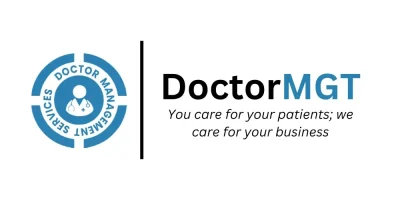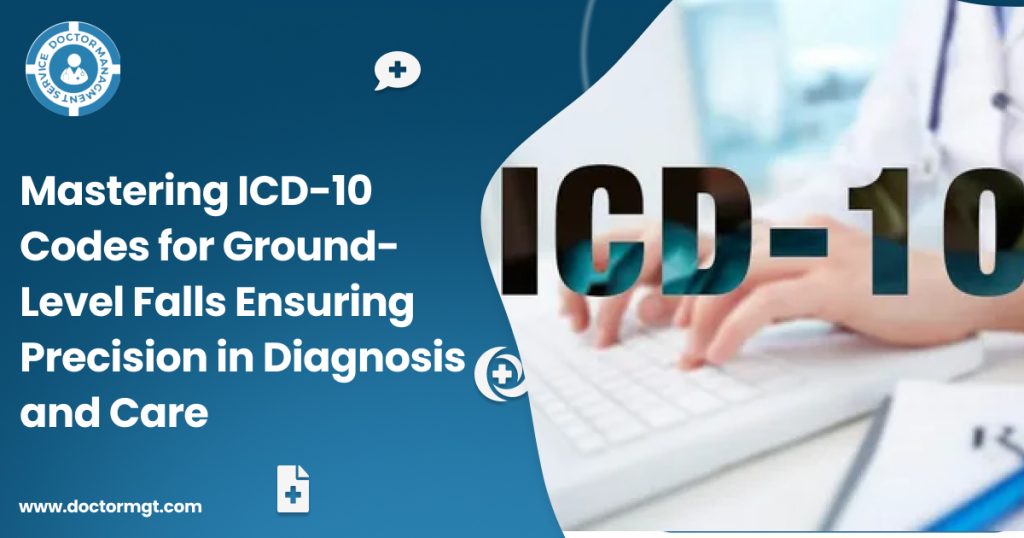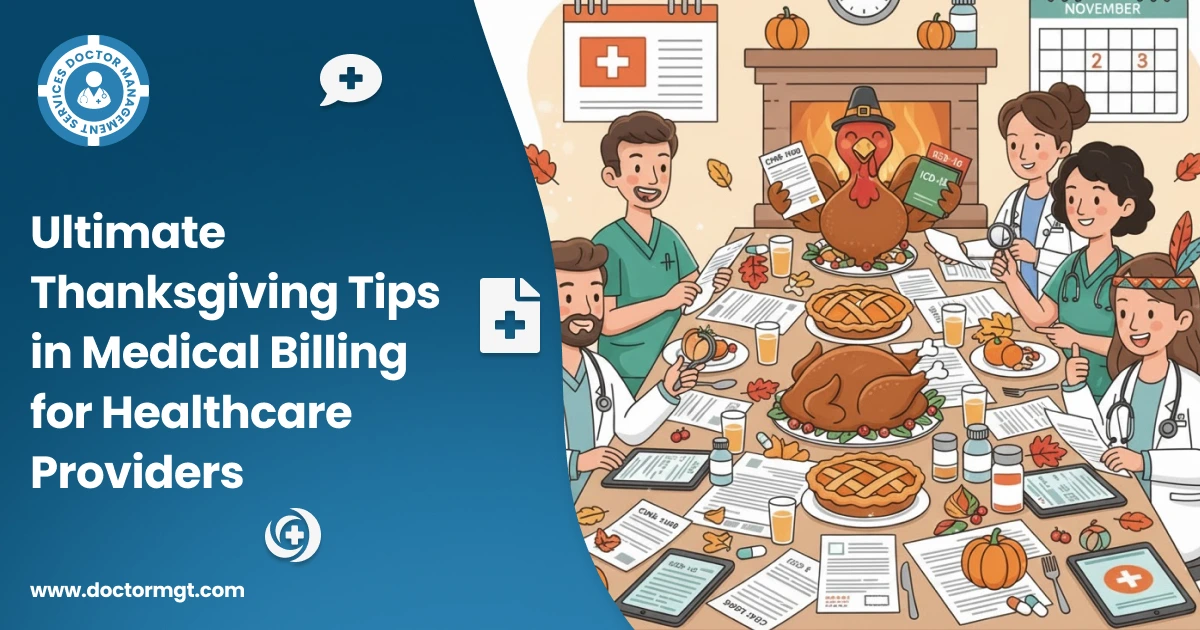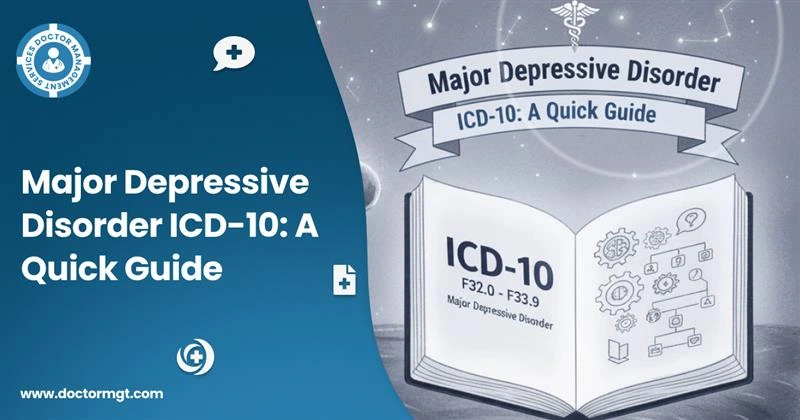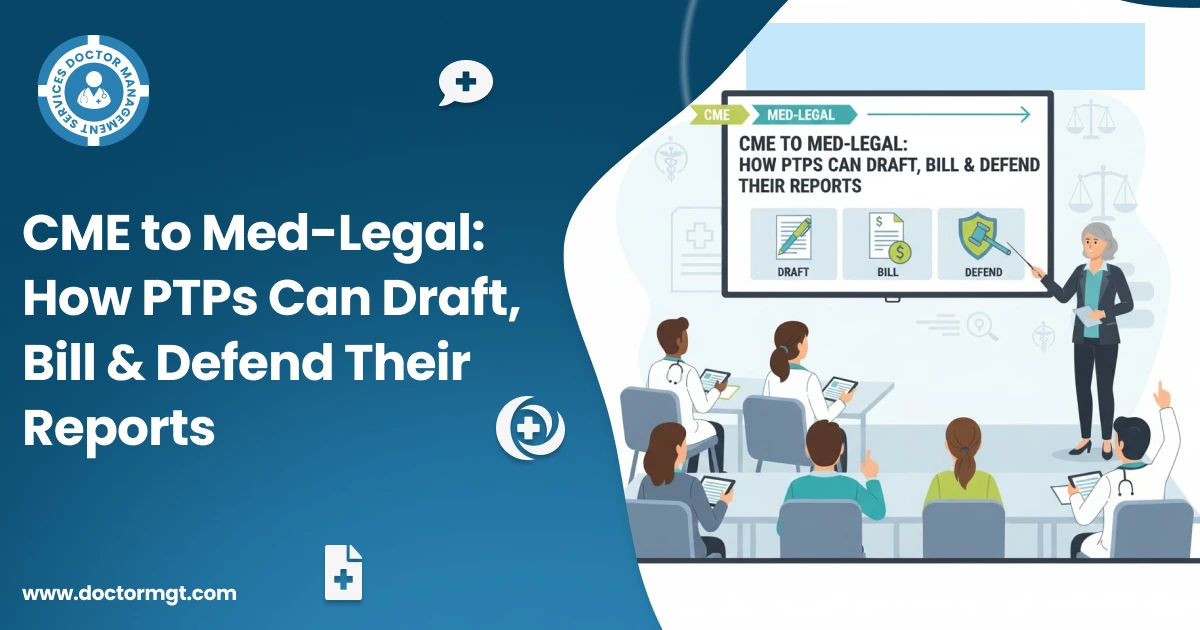Falls occur more frequently than we realize. The most reported type of incident in healthcare settings is same-level falls. It means when a person falls on the same surface he or she is walking or standing on. Everything from slipping on a wet floor to tripping over an unseen obstacle can occur.
Healthcare caregivers must use ICD-10 codes accurately to record such falls. The ICD-10 system is essential for medical records. It also supports billing and even public health strategies. Unfortunately, incorrect coding can cause serious problems, from denied insurance claims to wrong information in data records.
This blog discusses the accurate usage of ICD-10 codes for same-level falls by healthcare workers and medical coders. We’ll also discuss why accuracy matters to care and data integrity.
What Are ICD-10 Codes and Why Do They Matter?
The International Classification of Diseases, 10th Edition (ICD-10) is used to document diagnoses and medical procedures. Think of it as a common language for medical professionals.
ICD-10 codes include every disease, injury, and procedure, serving as the standard that keeps providers and insurers on the same page. Accurate coding is essential. It ensures that healthcare organizations are compensated appropriately, provides complete patient records, and strengthens health research.
Consider an example of an incorrectly coded fall. Insurance companies may deny coverage for the cost, putting financial strain on both the provider and the patient. Similarly, inaccurate coding can result in data that erodes broader health insights aimed at preventing injuries like same-level falls.
Expecting providers to know these codes and use them correctly will hopefully be beneficial to them. It has direct implications for patients. Better documentation means they receive the care and follow-up they deserve.
A virtual medical scribe can mitigate that level of inaccuracy in these challenging environments. It also helps document each incident and expedites what can often be a slow process.
Same-Level Falls in ICD-10 Explained
Falls at the same level may appear uncomplicated, but they actually require unique documentation in ICD-10. Some examples of such cases are where a person is falling onto a surface he is standing, walking, or moving on. It could be due to tripping, slipping, or even colliding with someone.
Why is it necessary to be so specific about the causes of falls? For multiple reasons. Using data, precision allows healthcare providers to identify patterns of injury, assess risk, and develop prevention strategies. For instance, many patients were discovered on the ground in their houses due to rugs that had been secured improperly. Such data could inform larger fall-prevention programs.
Further, payers typically demand accurate documentation for reimbursement. If documentation does not prescribe specific coding, that could slow down the process or, even worse, result in a claim denial.
Detailed Breakdown of Key ICD-10 Same-Level Fall Codes
Here’s a breakdown of the specific ICD-10 codes for same-level falls. These codes cover different types of situations to record incidents accurately.
| W18.30XA | |
| Description | Fall on the same level, unspecified, initial encounter. |
| Uses | When the specific details of the fall are unavailable or undocumented. |
| Example | A patient says they fell at home but doesn’t recall further details. |
This code is billable and serves as a useful placeholder. Even so, it’s best to change it out for a more precise code if further information is available.
| W01.198A | |
| Description | Fall due to slipping, tripping, or stumbling, followed by striking an object. |
| Uses | For falls where patients hit something after slipping or tripping. |
This is an important billable code because it helps to clarify the type of injuries sustained as a result of the fall.
| W01.0XXA | |
| Description | Fall on the same level due to slipping, tripping, or stumbling without striking an object. |
| Uses | When falls involve only the ground, without secondary contact with furniture or other objects. |
| Example | A patient slipped on a wet hospital floor. |
This code helps keep records accurate. It also creates a distinction between various fall events.
| W18.31XA | |
| Description | Fall on the same level due to collision with another person, initial encounter. |
| Uses | When a fall occurs after colliding with another person. |
| Example | A patient at a crowded event bumped into another attendee and fell. |
This code calls out interactions that may be important for fall dynamics.
| W18.39XA | |
| Description | Other same-level falls, initial encounter. |
| Uses | When the fall details don’t fit other categories. |
| Example | A patient fell after misjudging the distance of a chair while trying to sit. |
With this code, you can illustrate unusual fall patterns.
These codes serve a broad range of situations. This ensures accurate records of both patient care and administration.
Mastering Ground-Level Falls in ICD-10 Coding
ICD-10 coding allows for a more detailed description of various falls. Many healthcare professionals get hung up on how detailed the reporting should be. First, understanding the coding structure relevant to fall.
1. Core Injury Code
The primary injury due to a fall is the foundation of your documentation. For example, if an elderly patient has a hip fracture from a fall, start with the fracture code. The ICD-10 code can then help you differentiate the specific type of fracture (displaced, non-displaced, etc.) and the site.
Example Code:
- S72.001A – Fracture of the right femur, initial encounter.
2. External Cause Code
Then you need to state the external cause of the injury (i.e., how the fall happened). The codes typically used for ground-level falls come from the W00-W19 series. The external cause codes differentiate between slipping on ice, tripping over furniture, or just tripping
Example Code:
- W01.0XXA – Fall on the same level due to slipping or tripping, initial encounter.
3. Activity Code
ICD-10 codes permit inclusion of some specification—the activity a patient was engaged in at the time of the fall. Was it a workout session, housework, or just walking? Including the context ensures that the complete picture is captured.
Example Code:
- Y93.C2 – Activity, gardening and landscaping.
4. Place of Occurrence Code
Lastly, report the location of the fall—at home, at work, or in a public space. Select codes from the Y92 series.
Example Code:
- Y92.009 – Other place in a single-family home.
5. Combining Codes for Completeness
Collectively, these elements weave a narrative, and the process of coding usually necessitates their seamless integration. Like, imagine this:
“A 70-year-old woman with a cup of tea falls on her kitchen floor. She suffers a fracture of her wrist.”
Here’s how you will layer the code:
- Injury Code for wrist fracture (e.g., S52.501A).
- External Cause Code for the fall (e.g., W01.0XXA).
- Activity Code if holding the cup is relevant (e.g., Y93.G3).
- Place of Occurrence Code for kitchen at home (e.g., Y92.010).
This level of detail is tremendously helpful for care teams. It is also helpful for insurance claims and billing purposes.
Tips for Better Documentation of Ground-Level Falls
Let’s make ground-level fall reporting accurate without too much pain. Keep these tips in mind to help streamline your process:
- Ask Patients Open-Ended Questions: Find out as much as you can about the incident. This helps to avoid missing codes that reflect unique scenarios related to falling.
- Collaborate Across Teams: Communicate with other providers or departments involved in a patient’s care to maintain consistency in documentation.
- Use Reference Guides: Keep coding handbooks or digital aids handy for quick references to complex codes.
- Regular Training: Familiarize yourself with up-to-date ICD-10 regulations and all changes affecting reporting.
The Impact of Accurate ICD-10 Coding in Healthcare
The appropriate use of ICD-10 allows providers to design targeted care plans. These plans are based on a thorough understanding of patients’ situations so patients receive the best care possible. Accurate coding supports compliance for practices and improves reimbursement rates for physicians.
Before we can prevent falls, though, we need to identify trends, guide population health strategies, and focus our resources accordingly; precision coding for falls will enable this and reduce the cost of health care overall as we pave the way toward targeted prevention programs.
Accurate medical documentation is more than just box ticking. It’s about bridging gaps in patient care. Ensuring your team has confidence in data integrity and bolstering the communication chain that underpins healthcare is crucial.
You can sharpen these skills with additional training or workshops on ICD-10 preop clearance topics. These resources can help solidify your expertise in this area.
Final Thoughts
Knowledge of the ICD-10 codes referring to ground-level falls is a necessary skill for health professionals interested in providing optimal patient outcomes. Document every detail carefully—everything from the type of injury to where it happened—this gets important when records should be thorough and accurate.
If you are interested in simplifying your documentation process without sacrificing accuracy, look to integrate a virtual scribe solution into your workflow. Begin making small changes today. The results you achieve in the areas of quality care and efficiency will tell your story tomorrow.
